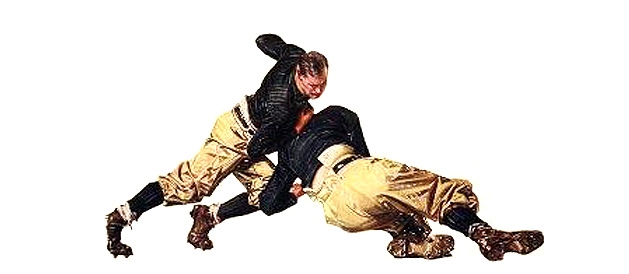
Click here to read a 1940 magazine article about women's football.
Thanksgiving football: a pairing that was enjoyed by Americans in 1918 France, click here to read about it.
Peace was eleven days old when this column first appeared.
Anticipating Thanksgiving, 1918, The Stars & Stripes announced that football games, movies and assorted other forms of entertainment had been arranged by the American Red Cross in order to placate the eager American survivors of the First World War who simply wanted to get on those big boats and sail home.
As an expression of gratitude, numerous French families had volunteered to invite American soldiers and sailors to their homes to celebrate the Thanksgiving holiday. "Forward passing dominated eastern and western intercollegiate football to a degree unprecedented in the history of the game..." "No one is certain how football came to America. There are those who say it has always been here in the guise of an Indian game like lacrosse; its resemblance to English Rugby is apparent. But the game we know today is uniquely American, its place on the American scene secures. From September until long after the snow falls, Saturday afternoon means the Big Game to millions; and to millions the names of Heffelfinger, Grange, Harmon, Kazmaier and other gridiron greats will never lose their luster. This year [1953], more than 15,000,000 Americans - old grads, subway alumni and just plain football fans - will turn out to see their favorites do battle in a game that bears little resemblance to the scrambling, uncoordinated melees of 50 years ago. This is the story of how football grew up, of its heroes, and of the great games of yesteryear." With the widespread complaints on the rise from the football fans on the sidelines that they were completely in the dark as to why a play was called, the elders of the sport decided that action had to be taken to remedy the growing confusion... "Hence a system of signals has been devised whereby the officials on the field can let the people in the stand know what is what. A gesture of the arm by the field official will immediately telegraph to the stands that Whoozis College's penalty was for slugging. Another wave will inform the inquisitive public that the forward pass was incomplete by being grounded." The article is illustrated with eight photographs of assorted football penalty hand signals; none of the gestures have stood the test of time - the penalties have remained but today different signals indicate each infraction. For all you football scholars out there, we offer a small article concerning one of the biggest events from the 1949 world of college football which involved the numerous changes that the college football Rules Committee put into play as the season began. The unnamed journalist concentrated on the five most important that involved the legitimacy of forward passes, fumbles and laterals.
A football article in which various wonks from 1927 muse wistfully about the earliest use of the lateral pass (1902) and how the game of football was forever changed as a result. Football coach and sportswriter, Sol Metzger (1880 - 1932) is quoted numerous times throughout as he is credited as the first offensive end in the history of football to catch a lateral pass (during the Thanksgiving Day game of 1902 between Cornell and Pennsylvania). The lateral pass is identified in this article as being the brainchild of Dr. Carl S. Williams, who was at that time the football coach of the University of Pennsylvania.
A diagram of the 1902 play is provided. |
MORE ARTICLES >>> PAGE: * 1 * 2 * 3 * > NEXT |
|
|